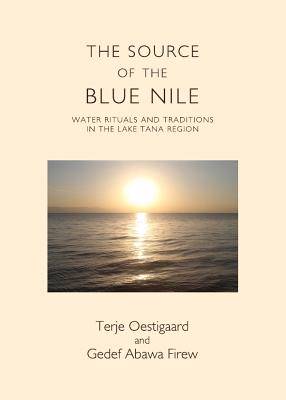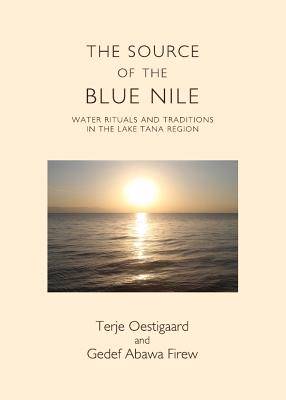
Je cadeautjes zeker op tijd in huis hebben voor de feestdagen? Kom langs in onze winkels en vind het perfecte geschenk!
- Afhalen na 1 uur in een winkel met voorraad
- Gratis thuislevering in België vanaf € 30
- Ruim aanbod met 7 miljoen producten
Je cadeautjes zeker op tijd in huis hebben voor de feestdagen? Kom langs in onze winkels en vind het perfecte geschenk!
- Afhalen na 1 uur in een winkel met voorraad
- Gratis thuislevering in België vanaf € 30
- Ruim aanbod met 7 miljoen producten
Zoeken
The Source of the Blue Nile
Water Rituals and Traditions in the Lake Tana Region
Gedef Abawa Firew, Terje Oestigaard
Hardcover | Engels
€ 115,45
+ 230 punten
Omschrijving
Ethiopia has a rich and fascinating cultural heritage structured around water. The River Nile has been seen by many as the most important river in the world, and the secrets of the sources of the Nile and their mysteries have, from the dawn of civilization, attracted philosophers, emperors and explorers searching for answers. The source of the Blue Nile, Gish Abay, is believed to be the outlet of the biblical river Gihon, flowing directly from Paradise, linking this world with Heaven. The holiness of Abay (the Blue Nile) and its source in particular still has an important role in the Ethiopian Orthodox Church. In the Lake Tana region, there are also numerous other myths, traditions and rituals concerning the river. Several of the island monasteries are incredibly holy, and indigenous practices and sacrifices to the river are still conducted. The most important celebration in the Ethiopian Orthodox Church is the Timkat festival, which is an annual commemoration of the importance of baptism. Despite the importance of the River Nile from antiquity to present-day practices and beliefs in Ethiopian Orthodox Christianity, very little research has been conducted on the cultural and religious aspects of the Blue Nile in general and its source, Gish Abay, and Lake Tana in Ethiopia in particular. This book combines historic sources and new empirical ethnography, presenting parts of this cultural heritage and the traditions of water along the Blue Nile.
Specificaties
Betrokkenen
- Auteur(s):
- Uitgeverij:
Inhoud
- Aantal bladzijden:
- 170
- Taal:
- Engels
Eigenschappen
- Productcode (EAN):
- 9781443846011
- Verschijningsdatum:
- 1/04/2013
- Uitvoering:
- Hardcover
- Formaat:
- Genaaid
- Afmetingen:
- 152 mm x 208 mm
- Gewicht:
- 385 g

Alleen bij Standaard Boekhandel
+ 230 punten op je klantenkaart van Standaard Boekhandel
Beoordelingen
We publiceren alleen reviews die voldoen aan de voorwaarden voor reviews. Bekijk onze voorwaarden voor reviews.









